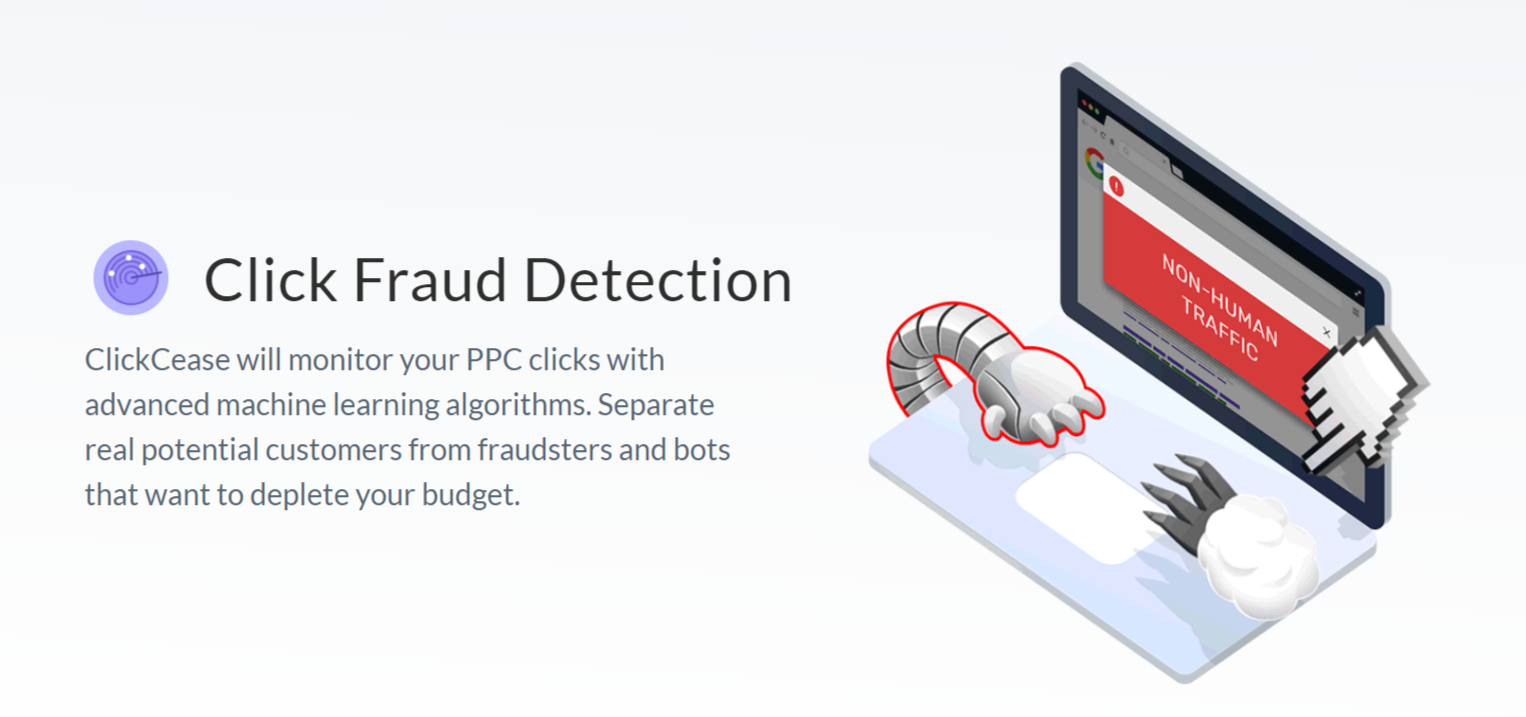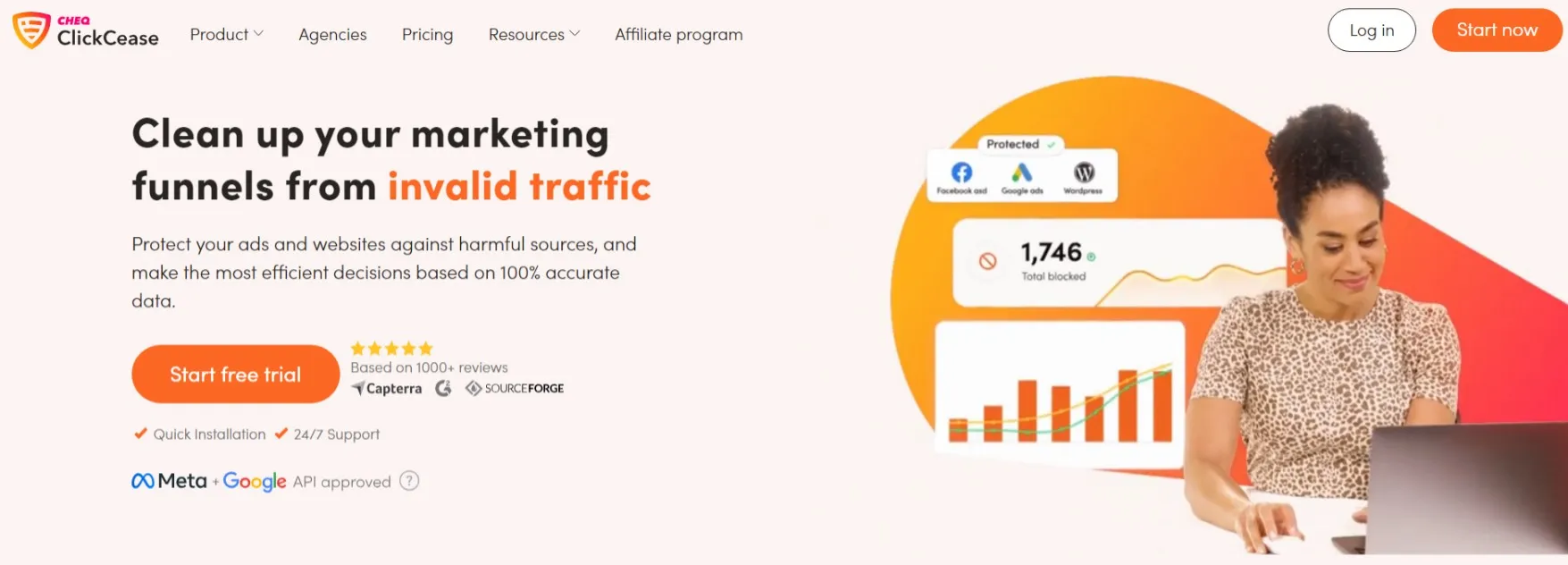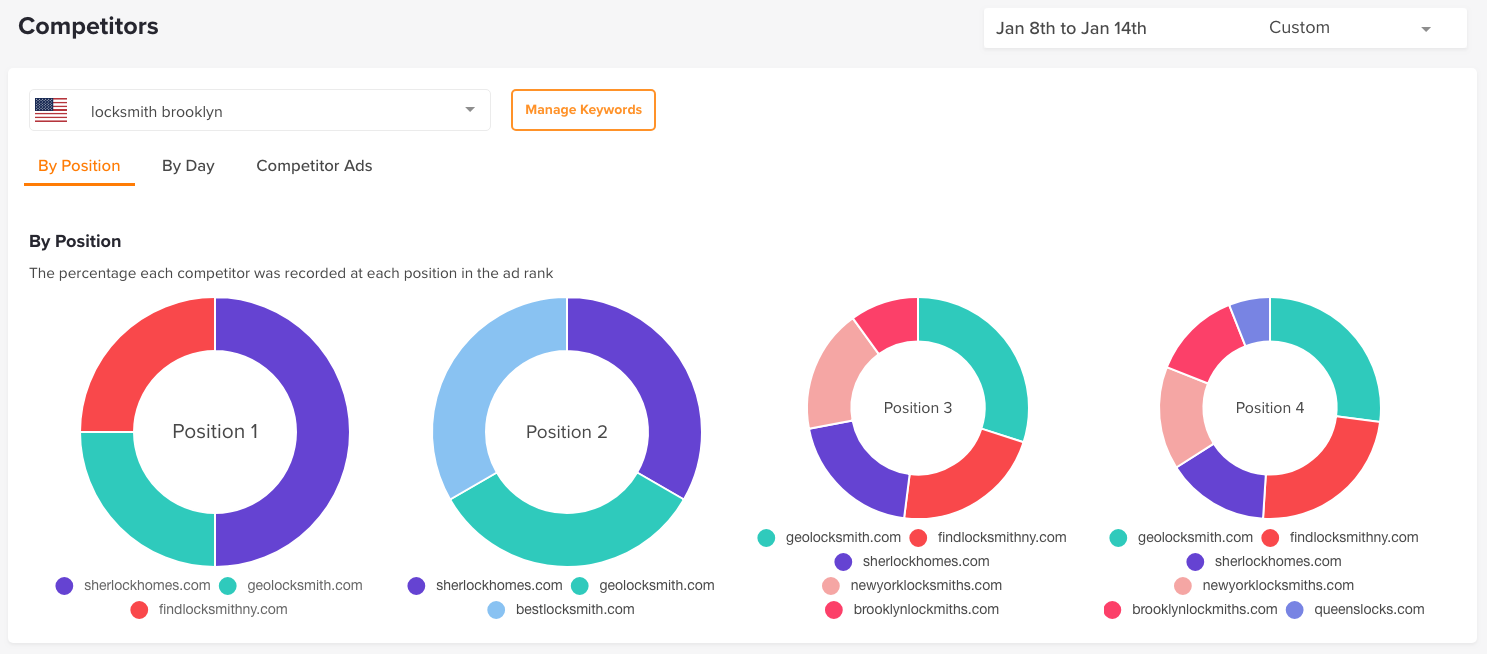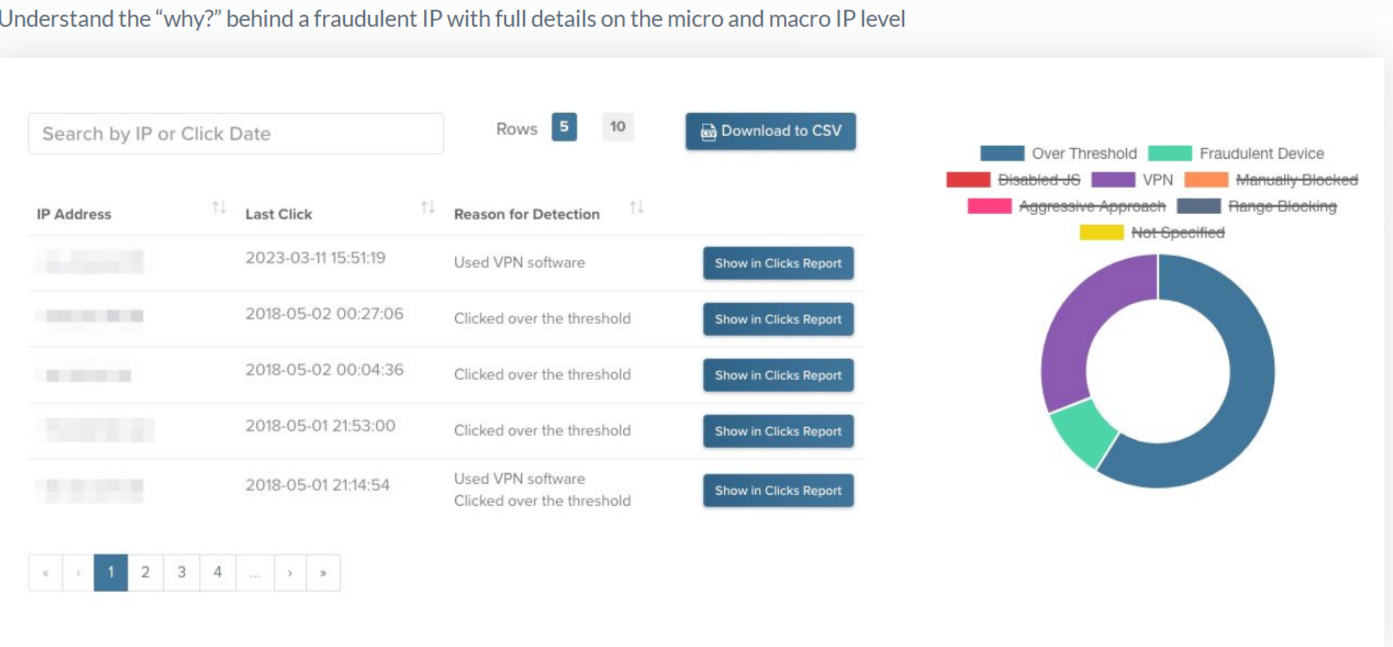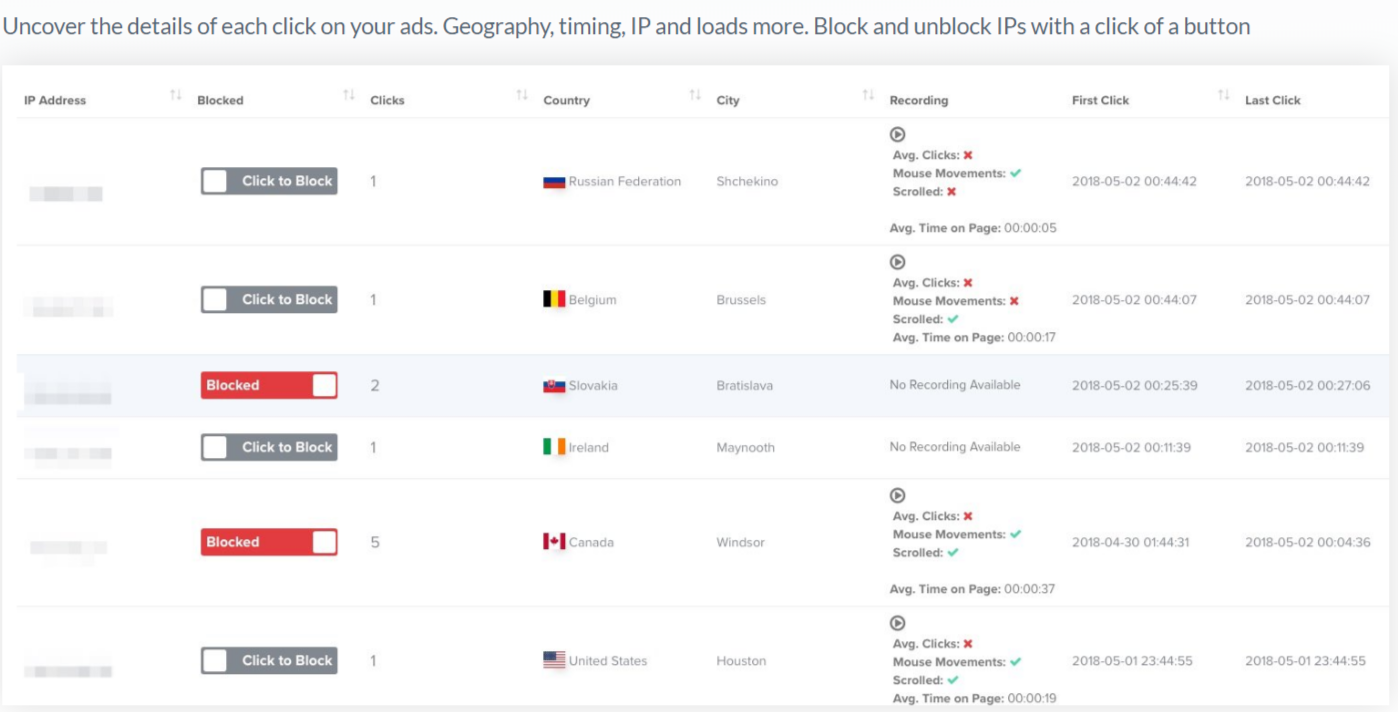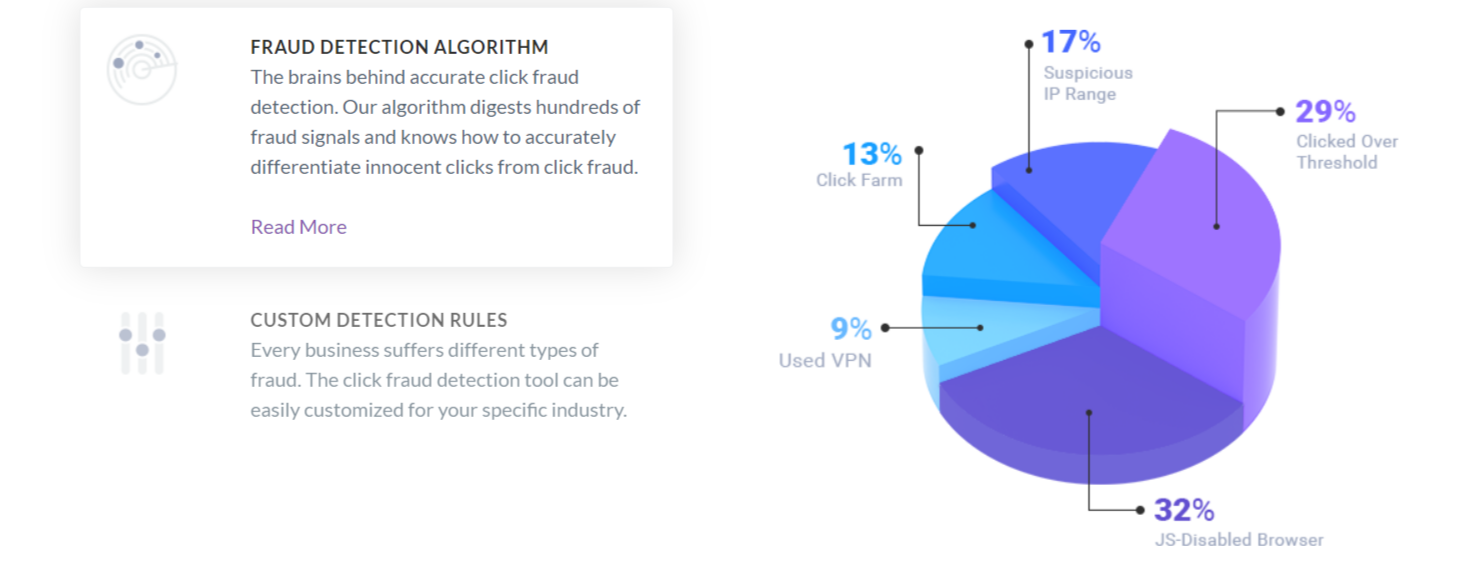Online advertising has been a game-changer for businesses looking to reach out to potential customers. The rise of pay-per-click marketing has revolutionized online advertising by offering greater customizability and targeting options.
However, with this growing popularity comes a downside – click fraud. Click fraud is a major issue that affects many PPC marketers.
In this guide, I will provide an introduction to click fraud, its history, who is affected, and, most importantly, how to identify and prevent it. I will also explain how ClickCease can help you prevent click fraud.
Advertising models have evolved over the years from fixed monthly fees for banner ads to a cost-per-impression basis.
Pay-per-click marketing has become an essential marketing strategy for businesses as it can bring billions of people daily to take action.
However, it has also attracted a growing number of fraudsters to the industry.
Despite online advertising seeming like it has only been around for ten years, it has been 23 years since its inception, and models are constantly evolving to tap into its potential.
The History Of Advertising
On October 27th, 1994, the website Hotwired displayed the first documented online ad banner, marking a pivotal moment in the advertising industry and paving the way for a new era of online marketing.
This breakthrough also allowed marketers to track the number of users who viewed their ads, something that was previously impossible.
The AT&T banner ad boasted an impressive click-through rate of 44%, while display ads had a much lower rate of just 0.19% but were still considered successful.
As a result, many industry owners sought to have their ads published on the platform, leading to increased competition for user attention.
An advertiser complained that their ad had appeared on an inappropriate web page. Although their intentions were honest, many other companies copied the idea and launched similar ads by 1997.
Pop-up ads saw a boost in click-through rates, but actual users soon became fed up and installed popup blockers.
This was the first time in history that advertisers could easily analyze and calculate how many people had visited their ad. The main aim of pop-up ads was to associate an ad with a web page without putting the ad directly on the page.
While Ethan Zukerman’s intentions were honest, many businessmen copied his idea, and by the end of 1997, the internet was swamped with ads. He also developed a new method to display the ads.
What Is Click Fraud? How To Prevent It Using ClickCease In 2024?
Click fraud is a kind of misdeed or a type of fraud that occurs during online advertising. It is a kind of internet crime where a person maliciously is used to register clicks on the ads.
As we all know, click fraud is the most frustrating and demotivating problem in the world.
Click fraud refers to the act of fraudulently clicking on pay-per-click advertisements to generate false charges for advertisers.
This type of fraud typically occurs when advertisers are charged for every click on their ad. With sufficient data, information, and good monitoring skills, one can monitor performance changes and detect click fraud.
Online advertising is similar to distributing leaflets, but the cost per click is the cost of each leaflet. Pay-per-click advertising has several advantages, such as the ability to target specific demographics and international audiences.
For beginners, the concept of pay-per-click advertising can be understood by thinking of it as the digital version of distributing leaflets.
Who is Responsible For Click Fraud?
Click fraud can take many forms, but to identify the responsible parties, we need to understand the four most common offenders. These are:
1. Competitors:
Competitors are the primary factor responsible for click fraud. By clicking on a competitor’s ad, businesses can waste their advertising budget and turn the advert off for the day.
It is essential to know what your competitors are doing, but fraudulent clicks are not the way to do it.
2. Webmasters:
Webmasters can earn more income by displaying ads on their websites. However, this is only applicable to those using Google’s network. Any webmaster is allowed to show ads on their sites.
Some webmasters may click on ads to make more money, even if no competitors are using pay-per-click campaigns.
3. Disgruntled Customers:
Some customers who are dissatisfied with a company may seek revenge through click fraud, causing financial losses.
This type of fraud is particularly harmful to a business as it not only harms the company financially but also damages its reputation.
4. Fraud Rings:
Fraud rings aim to generate more revenue by forming a group circle and using automated programs to produce millions of fraudulent clicks and views per day.
This type of click fraud is the most common and can cause significant financial losses to businesses.
By understanding the different types of click fraud, businesses can take steps to prevent it and protect their advertising budgets.
The Most Affected Industries In Click Fraud:
It is important to know which industries are affected by click fraud. From industries to technology, each has different and unique factors. A 2015 report mentioned three of the industries that are affected the most.
- Finance: 22% of traffic is related to bots;
- Food: 16% of traffic is related to bots;
- Family: 18% of traffic is related to bots.
These three industries share a common trait of being highly expensive, with relatively high cost per click. Finance, in particular, is a highly competitive industry with many mortgage advisors.
On the other hand, the following industries have lower expenses:
- Sports: 3% of traffic is related to bots;
- Science: 3% of traffic is related to bots;
- Info: 2% of traffic is related to bots.
Among these three, sports is the most expensive, while info is the least expensive.
Is Click Fraud Legal?
Click fraud is a serious issue that requires a thorough investigation into its legality.
Customers are often concerned about the legality of credit card and identity card fraud. If these fraudulent activities are detected, the card user can be sentenced to a minimum of 25 years in prison.
Sometimes, minor fraud goes unnoticed, and the culprit can get away with it. This means that the authorities mainly target big businesses and industries to catch the big fraudsters.
However, the authorities must gather relevant knowledge and data to press charges.
Fraudsters can redirect large amounts of traffic to web pages with ads by hijacking unsuspecting users.
When a company is responsible for click fraud, the entire company may face charges. Most click fraud cases are resolved through lawsuits between advertisers and the companies behind the fraud.
However, not everyone who commits click fraud is discovered or penalized. Repeat offenders who engage in large-scale click fraud are more likely to be caught and prosecuted.
About a decade ago, Google sued the TEXES company on suspicion of paying people to click on ads that appeared on their websites.
Screenshots Credit: Pixabay
What Is ClickCease, And How Can It Help You?
ClickCease is a dependable software that detects click fraud. It is specifically designed to work with Google’s AdWords network and utilizes a proprietary algorithm to detect fraudulent clicks while also blacklisting fraudulent IP addresses.
ClickCease is an automated click fraud detection and protection software that helps digital advertisers safeguard against fraudulent PPC ad clicking.
In other words, it protects Google ads from fraudulent clicks. ClickCease Protect is an award-winning Google Ads Click Fraud Prevention platform that currently protects over 35,000 Google Ads accounts.
Click fraud is a problem that occurs globally and is not restricted to any particular industry or geographical location. It is available 24/7 and is a constant threat to the pay-per-click model used by publishers.
AdWords is the most popular advertising network in the world, and publishers often take advantage of its popularity by exploiting the constant changes in customer demand.
How Much Money Can Be Saved With ClickCease?
On average, out of 4 clicks, around 1 PPC click is fraudulent, and this rate variation across different industries affects most industries and makes them more competitive.
Insurance and finance industries are more likely to have fraudulent rates of up to 50%.
MGID is a reliable native advertising platform for advertisers and publishers, you can check out complete MGID review here.
Currently, with ClickCease’s proprietary technology, the rate of detecting fraudulent activity is at 90%.
This detection rate continues to improve with each update, resulting in savings of up to 90% of the $500 that would have otherwise been lost due to fraud.
This leaves around $450 that can be invested in acquiring genuine leads.
Quick Links:
- Best Cheap Alternatives To ClickMagick
- Best High Paying Clickbank Alternatives
- ClickCease Review
- Why is Click Fraud software important for your business?
- PPC Protect Review: Stop Click Fraud Immediately?
Conclusion: What Is Click Fraud & How To Prevent It Using ClickCease 2024?
As technology advances, the problem of click fraud is also growing. It affects millions of people and businesses around the world, regardless of their size.
The battle against click fraud has been ongoing for many years, with fraudsters always coming up with new ideas and plans to defraud businesses. As click fraud continues to increase, it’s only a matter of time before it affects you, too.
However, ClickCease can help you build profitable ad campaigns without worrying about click fraud. They offer a free trial, so you can get started with Them for free.
If you have been a victim of click fraud in your pay-per-click campaigns, there’s no need to panic. If you can gather the evidence to prove that the click was fraudulent, you can get your money back from the network.
However, doing this manually can be extremely time-consuming.


